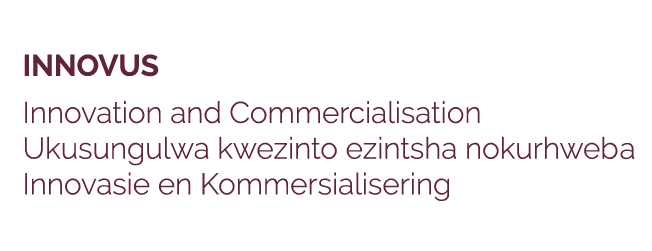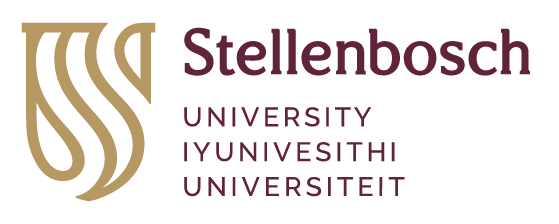Stellenbosch University spin-out Phagoflux develops leading-edge sensor technology to measure autophagy
From the earliest days, people referred to universities as a community of teachers and scholars – a place where knowledge is created, learning is exchanged, and ideas are shared and cherished (from the Latin Universitas magistrorum et scholarium).
After interviewing the multidisciplinary team that makes up Stellenbosch University’s and Innovus spin-out company Phagoflux, this description of what a university essentially is comes to light. Here is a group of retired (or as they say, "gloriously retired") professors, students and one of the University's world-renowned professor’s in neuroscience working together in developing leading-edge sensor technology to quantify and measure the process by which bodily cells clean themselves, the process called autophagy.
Phagoflux received its seed funding from the University Technology Fund (UTF) for its endeavour to develop groundbreaking technology that will benefit three distinct markets, namely the pharma, diagnostics, and wellness markets.
Heading this world-first project is Prof Ben Loos, a professor in physiological sciences at SU who has been leading the Neuro Research Group (NRG), which focuses on autophagy in neurodegenerative diseases and brain cancer for eleven years. His co-founders are professors Jannie Hofmeyr, an emeritus professor in Biochemistry, the electronic engineers Willie Perold, who was Vice Dean: Research at the Engineering Faculty until his retirement, and Pieter Fourie, who is also a paediatrician. The rest of the team is made up of dr André du Toit (PhD in biochemistry), the PhD-student Nicola Heathcote (physiology), and two master's students: Nathan Brown (Electronic Engineering) and Tamryn Barron (Physiology).
What brought this group together is the common thread of the autophagy process: the mechanism behind cell health and how cells "remake" themselves by recycling old, dysfunctional materials, so cleaning themselves. The technology in development by the Phagoflux team is based on an analytic method to measure autophagy activity that resulted from the masters and doctoral research of André du Toit under the guidance of profs Loos and Hofmeyr.
"We were looking into the molecular mechanisms that unravel why cells die and how we can prevent it. This led us to the autophagy process. We soon realised that if we can accurately measure this process of a cell being able to clean itself, we can indeed delay or even prevent cells from degenerating and eventually dying," says Prof Loos.
Prof Hofmeyr says that, initially, when they started, it was largely still unclear what researchers actually meant when they talked about autophagic flux, the term used to describe the rate at which the process operates. Prof Hofmeyr’s studies of metabolic control and regulation allowed them to both define autophagic flux and suggest a method to measure it. "It was not a quantified property until André implemented this method. He was able to, in a single cell, count the number of autophagosomes at every single stage. So, in time he could monitor how the number of autophagosomes changed in a single cell," says Prof Hofmeyr.
Adding to this technique the engineering aspect, Prof Perold's experience in developing homegrown electronic measuring devices that are cheaper than the fluorescent microscopic equipment used to count the number of autophagosomes, the team are at a point where they are almost ready to go to market with their first device to measure autophagy for the research and pharmaceutical market. It is both these markets where the need to measure autophagy is very high, yet the tools and techniques are cumbersome, labour intense and not very accurate. This is a real bottleneck in the field.
Prof Fourie says their unique solution to measure this self-cleaning process rapidly, accurately, and cost-effectively allows Phagoflux to bring this crucial metric for cellular health to market. "It has relevance in diseases where autophagy is dysfunctional, such as neurodegeneration, diabetes, and cancer. This is because when cells cannot undergo autophagy, toxic material builds up, and the cells eventually die. This is evident in diseases such as Alzheimer's and plays a major role in accelerating the rate at which we age," says Prof Fourie.
"This is why there is a lot of interest also from the pharmaceutical market to generate new drugs that could treat those diseases by controlling autophagy, hence there is a huge need to measure autophagy fast and accurately," says Prof Loos.
The team has now received a second round of funding to complete and miniaturise their first prototype device, called PhagoSense, and gather global feedback from reference labs.
The team's second device will target the diagnostics market, where autophagy will be part of the mix of tick boxes on a general Pathcare form. Since autophagy is active in all cells and tissues, the team thinks that this will be an excellent measure of the actual cellular health. The third device will target the lucrative wellness market. Says Prof Loos: "we know that exercise and a specific background diet could prolong life, but without measuring it, you do not know how it impacts a person. By having a device that helps you measure your autophagy levels, which could show how fasting, for instance, impacts it positively, it becomes so much easier to maintain and monitor a balanced lifestyle and maintain healthy cells."
He says although there are drugs out there known to serve as autophagy enhancers or supplements for Alzheimer's disease, to measure their effect on patients is much more challenging, as there are no reliable measurement techniques or tools available for that. This is of course a major frustration and limits advancements in the clinic.
"There has been a nice, steady evolution of the progress of the technique through time," explains Dr du Toit: "We have done a lot of background work, from using Western blots and electron microscopy, then building it up to the fluorescence technique for measuring autophagy and flux. Throughout my PhD I've been able to identify autophagy markers with which we can get a rapid assessment rather than spending hours in the lab to get a single measurement. Now we are moving to a stage where we can soon add a blood sample and within half an hour have a measurement."
With his strong and very passionate team, Prof Loos believes they have a product that could have a massive societal impact. "For us, it is crucial that we present something that comes from solid science and can stand globally, as it will be a thorough peer review awaiting us.”
For now, they will concentrate on completing the first device, which will provide the platform for the second one. Although they will have to do modifications here and there, the basic technology of all three devices is relatively similar. After that they will await global feedback upon which they will further refine the product before it can be mass-produced. We hope that some of this will happen early in 2023.
What is autophagy?
From the Greek concept meaning “self-eating”.
The human body consists of about 30 trillion cells. Most of these (about 90%) are red blood cells that do not contain a nucleus. The total turnover rate of the human body is about 4 million cells per second, of which 86% are blood cells, and nearly all the remaining 14% are cells that line the gut. The rest of the cells turn over at a much slower rate; some, like heart cells and neurons, have lifespans of years or even a lifetime. These cells have a problem: dysfunctional cell components can accumulate and become trapped over time. To ensure that this waste does not negatively affect our cells’ functions or even cause cell death, there is a recycling system that our cells have developed themselves. This system is called autophagy.
Autophagy, therefore, is a cellular recycling process that digests defective cell organelles such as mitochondria, dysfunctional and misfolded proteins, protein aggregates, and even bacteria and viruses that have entered the cell. The main products of this digestive process are amino acids that are then re-used both as energy sources and for the resynthesis and regeneration of proteins and organelles.
Analogy
Imagine you bought an old broken-down house. The roof is leaking, the windows are loose, and the walls are crumbling. However, this turns out to be a rather special house in that you don’t have to repair anything: the house remodels itself autonomously by repairing, repurposing, and recycling the defective parts of the house. This is analogous to what autophagy does in cells, helping them live longer and healthier.
Who discovered autophagy?
The phenomenon of autophagy was first described in 1963 by the biochemist Christian de Duve, who shared the Nobel Prize in Physiology or Medicine for his discovery of lysosomes. However only in the 1990s did the Japanese researcher Yoshinori Ohsumi fully decode the underlying mechanism and genetic basis of autophagy, for which he received the Nobel Prize in Physiology or Medicine in 2016.
Who’s who at Phagoflux
Prof Ben Loos is a professor in physiological sciences at SU. For the past eleven years he led the Neuro Research Group (NRG), which focuses on autophagy in neurodegenerative diseases, brain cancer and neuronal injury. He is the Chief Executive Officer of Phagoflux and a co-founder. His work has sought to understand better the role of autophagy activity in cell death onset to better quantify and control autophagy function.
Prof Jannie Hofmeyr is an emeritus professor of biochemistry and has taught at SU for 43 years. He says he is now “gloriously” retired, but not quite. His research over the past four decades has been in computational systems biology, where his focus has been on understanding regulatory design of metabolism. Being always interested in defining what life is and how cells can make themselves led him to autophagy and its importance.
Prof Willie Perold, who is also “gloriously” retired, as he said, used to teach at SU’s engineering department but is still very involved and has a large postgraduate research group called the SAND laboratory (short for sensor applications and nanodevices). The group comprises 23 postgraduate students doing their master’s or PhD degrees.
Prof Pieter Fourie is an electronic engineer who then studied medicine, obtained a PhD in Medical Physiology where he combined electronic theory and medicine and finally became a paediatrician with special interest in auto-immune and neurological disorders. He headed the Bioengineering Research Group at the Faculty of Engineering for 5 years and now focusses on the commercialisation of medical technologies in parallel with his clinical practice.
Dr André du Toit completed his PhD in biochemistry at Stellenbosch University. His PhD focused on autophagy research, the development of analytical techniques for measuring autophagy, computational modelling, and fluorescence-based microscopy. The work completed during his PhD has produced two patents and several publications.
Nicola Heathcote is a PhD-student in physiology at Stellenbosch University under Prof Loos’ supervision. Her MSc focused on autophagy and neuronal injury, specifically unraveling the role of a potential peptide in protecting neurons from injury. Nicola has acquired unique skills that include not only molecular, biochemical, and tissue-culture-based techniques, but also real time confocal microscopy, super-resolution microscopy, electron microscopy and correlative light and electron microscopy.
Nathan Brown is a master’s student in electronic engineering and part of Prof Perold’s SAND laboratory research group. His co-supervisor is Prof Loos. Nathan’s research is tied in with Phagoflux to develop the electronics needed for the sensor and the measurement of autophagy.
Tamryn Barron is a master’s student in the physiology department and is part of the NRG research group lead by Professor Loos.
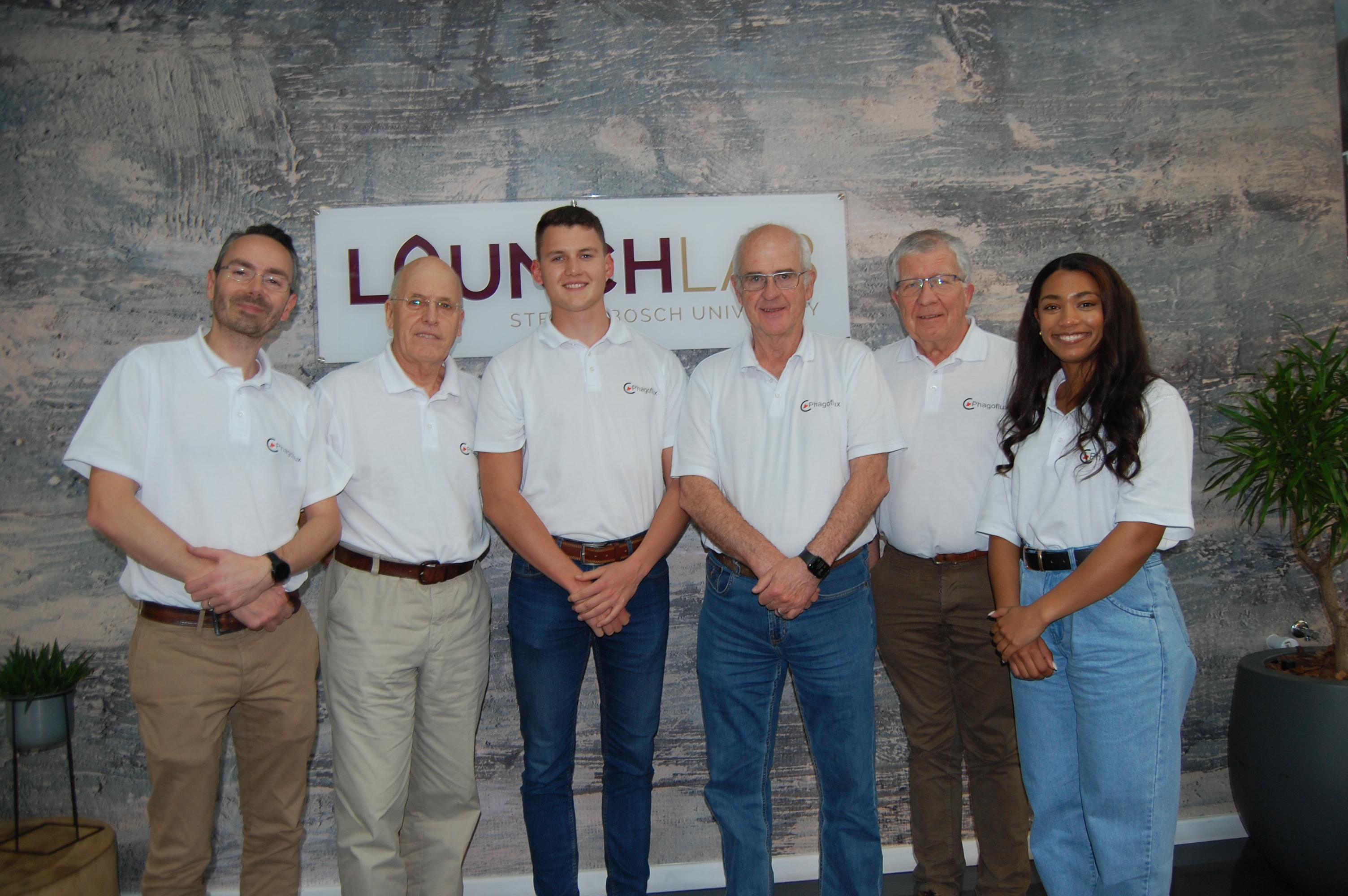
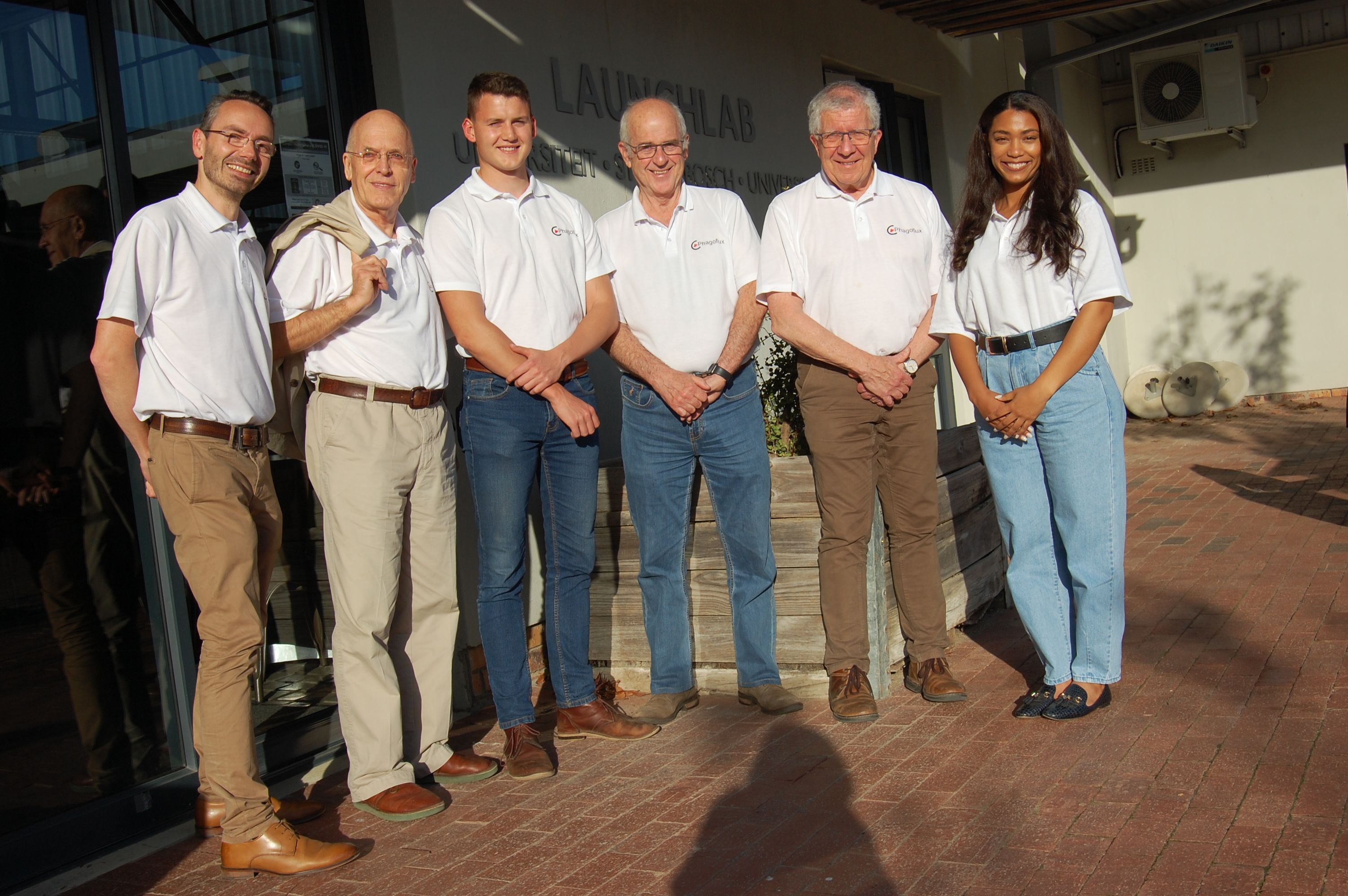
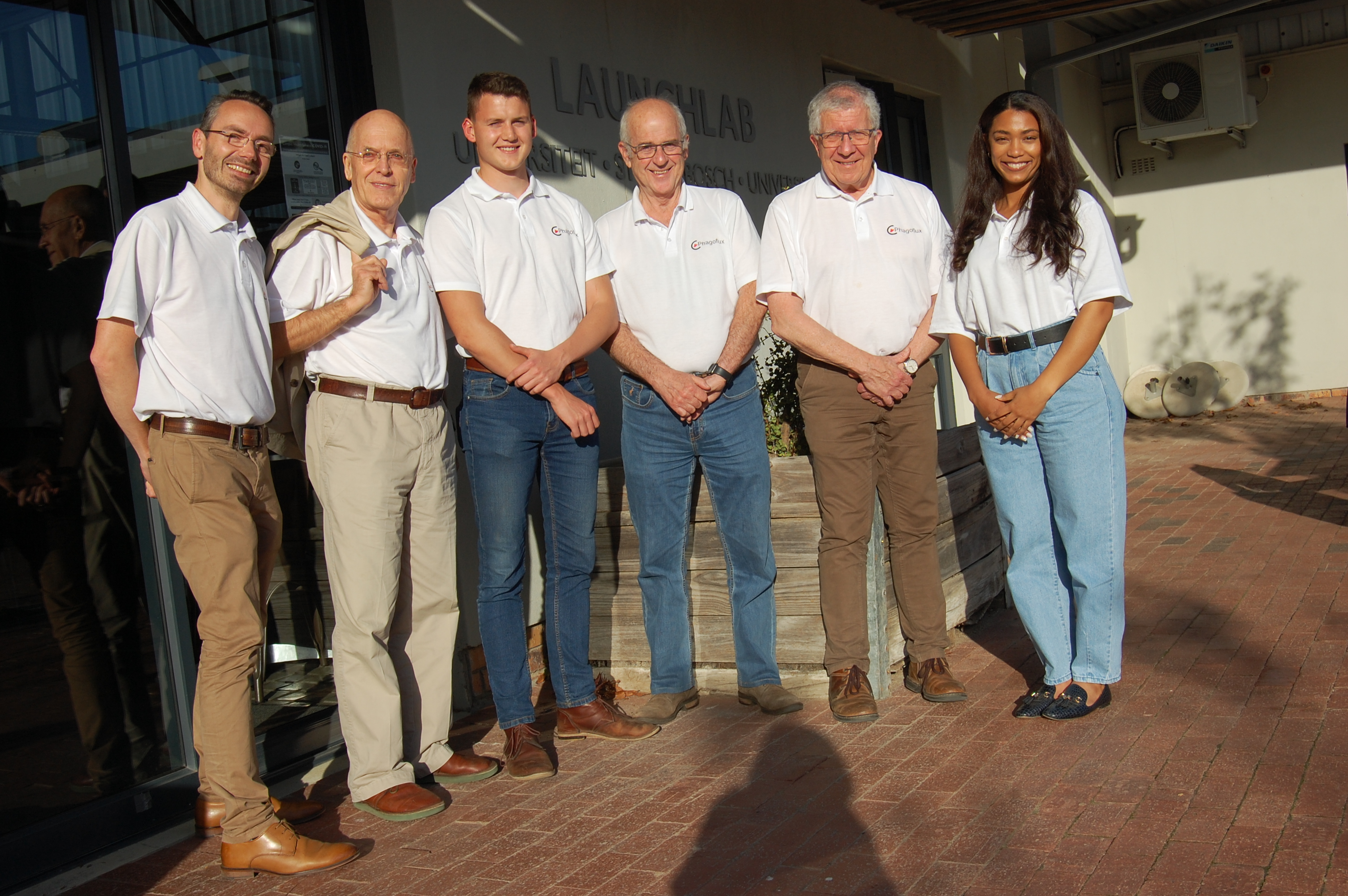
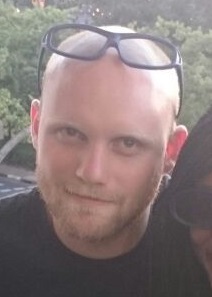
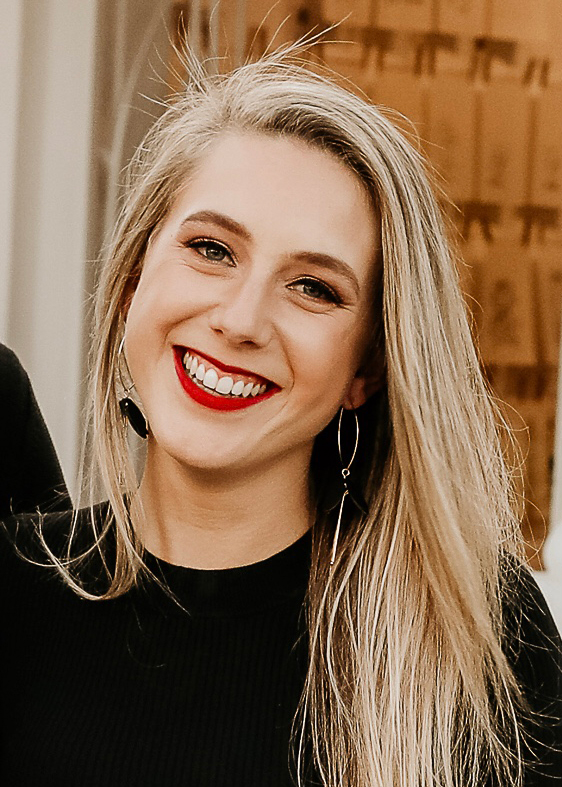
Innovus, Stellenbosch University
|
15 De Beer Street
Stellenbosch
7600
South Africa
|
PO Box 3135
Matieland
7602
South Africa
|
|
t +27 (0) 21 808 3826
e info@innovus.co.za
e forms@sun.ac.za |
